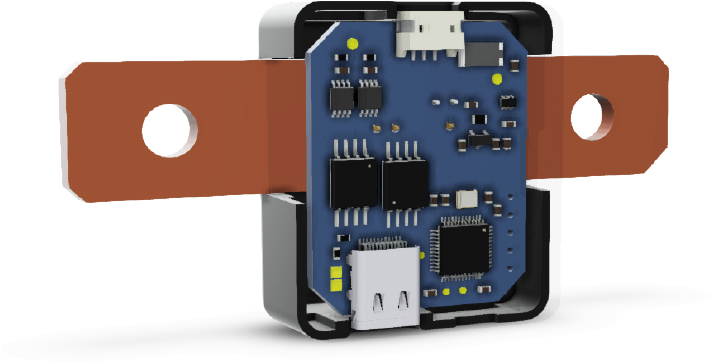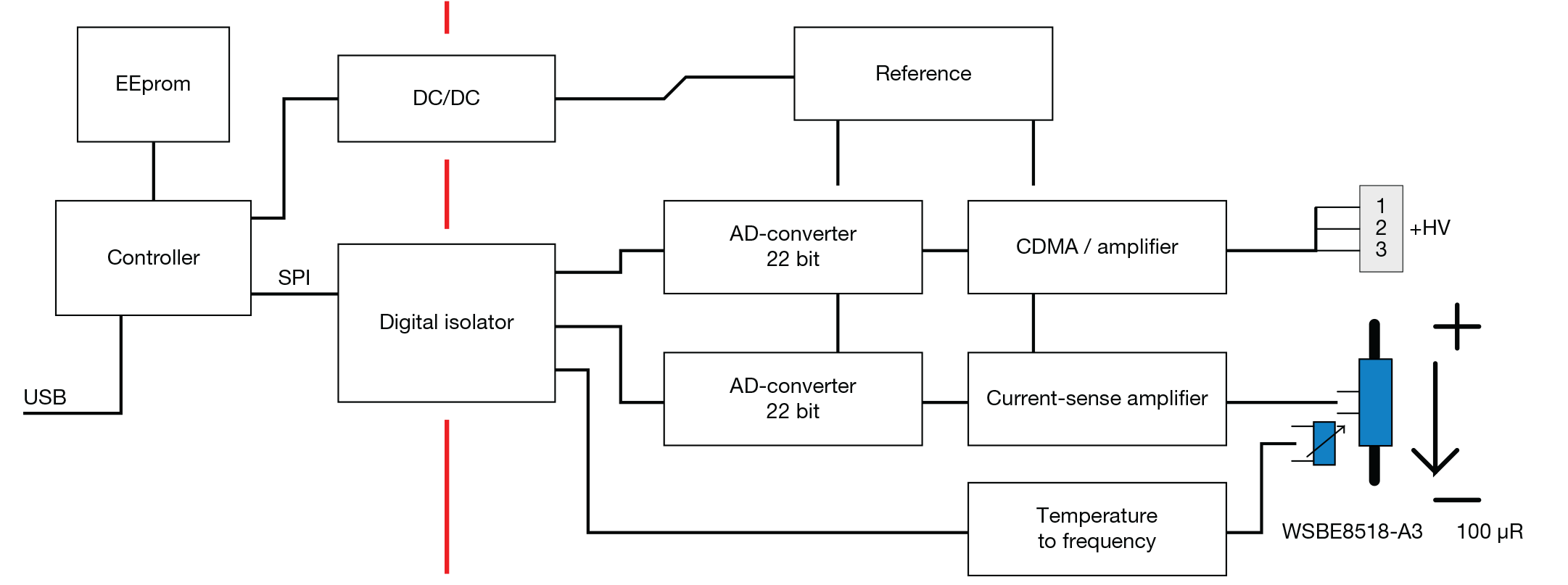The HV-IBSS-USB reference design makes for easy evaluation of our low TCR shunt, WSBE8518. This design uses a single USB-C connector to provide power to the circuit and to emulate a serial interface so the user can conveniently read voltage, current, and temperature readings.
Reference Design Files

- HV-IBSS-USB
ZIP | Jun 12, 2024
Reference Board
Datasheet

- HV-IBSS-USB
PDF | Aug 17, 2023
The HV-IBSS-USB reference design makes for easy evaluation of our low TCR shunt, WSBE8518. This design uses a single USB-C connector to provide power to the circuit and to emulate a serial interface so the user can conveniently read voltage, current, and temperature readings.
Reference Design Files

- HV-IBSS-USB
ZIP | Jun 12, 2024
Reference Board
Datasheet

- HV-IBSS-USB
PDF | Aug 17, 2023





















